How To Fix Pro Tools ‘AAE Error – 6117’
Pro Tools may open to a blank session or crash right away if you see “AAE Error -6117.” This error means that Pro Tools cannot find a working audio device or the correct audio driver. The most common reason for this problem is that no audio device is installed or set up on your computer.
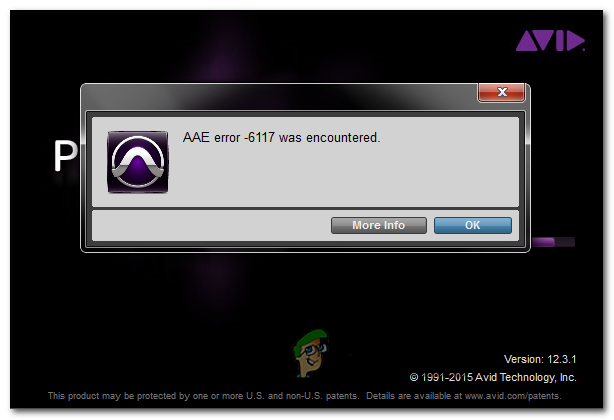
Other possible causes include old audio drivers, settings that give full control of your audio device to another program, or other applications using the audio hardware in the background. In this article, we will discuss different ways to solve this error.
1. Force the Playback Engine Window
Before proceeding to other solutions, check whether you can force the Playback Engine window to appear during the initial splash screen of Pro Tools.
Note: Running Pro Tools with administrative privileges can also help. To do this, right-click the Pro Tools launcher and select Run as administrator from the context menu.
Several users who encountered the error -6117 have resolved the issue by pressing the “N” key immediately after launching Pro Tools.
This method should bring up the Playback Engine window, allowing you to select your AVID device.
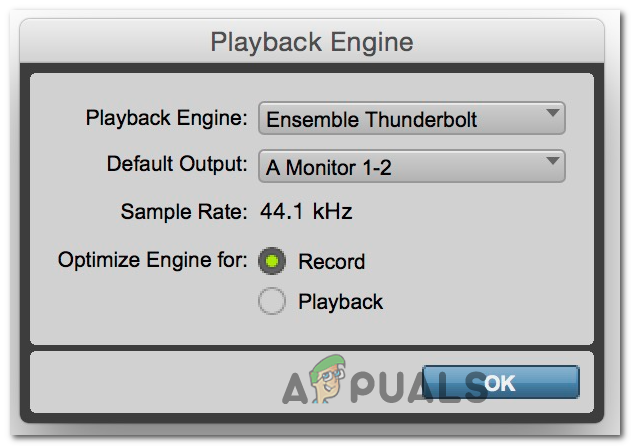
If you see this screen, select your Avid device, click OK, and check whether Pro Tools loads correctly.
2. Install the Audio Interface Driver
The most frequent cause of this error code is a missing or outdated audio interface driver (commonly, an Avid interface driver). To ensure compatibility and performance, you should always use the latest version of your audio interface driver.
- Visit the official download page of Avid and expand the menu for Pro Tools HD Interface and Device Drivers.
- Find and download the correct Avid interface driver for your device.
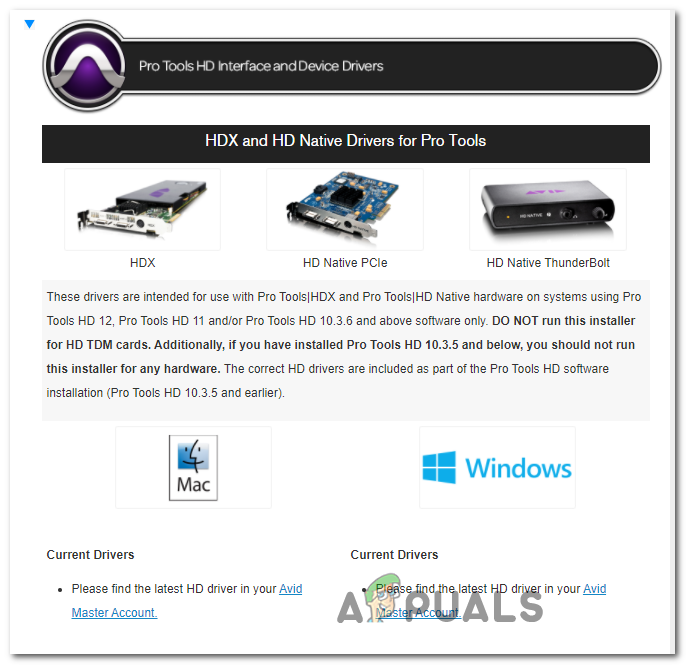
Downloading the latest Avid interface driver - After downloading, extract the contents of the archive, double-click the executable file, and follow the on-screen instructions to complete the installation.
- Restart your computer if you are not prompted to do so automatically.
- Once your system restarts, open Pro Tools and check if error -6117 is resolved.
3. Install ASIO4All
If a dedicated driver does not exist for your audio interface model or you are using your computer’s built-in audio hardware, installing ASIO4All is the recommended solution.
ASIO4All emulates the ASIO protocol, enabling your digital audio workstation (DAW) to communicate efficiently with your audio hardware even if an official driver is unavailable. Many users have found that installing ASIO4All not only resolves the Pro Tools error but also improves audio latency.
- Go to the official ASIO4All download page, and download the installer for your preferred language.
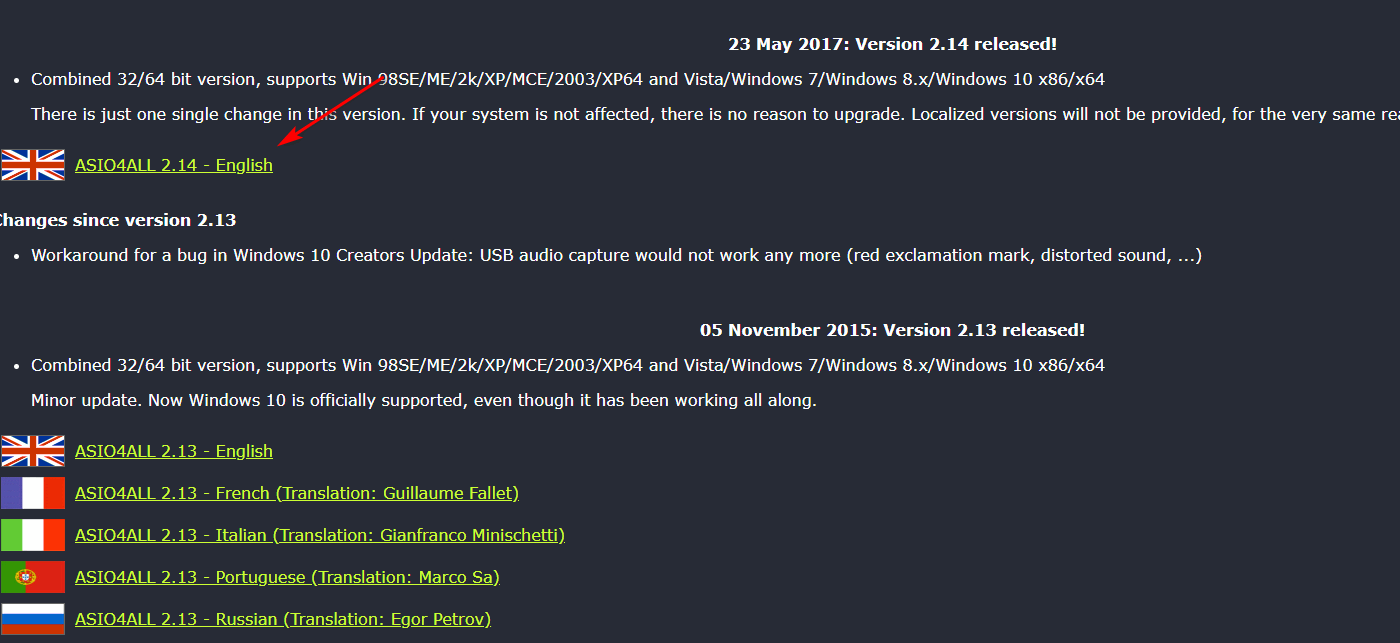
Downloading the latest version of ASIO4All - After downloading, run the installation file, and click Yes if prompted by the User Account Control (UAC).
- Follow the installation prompts to complete the ASIO4All driver setup.
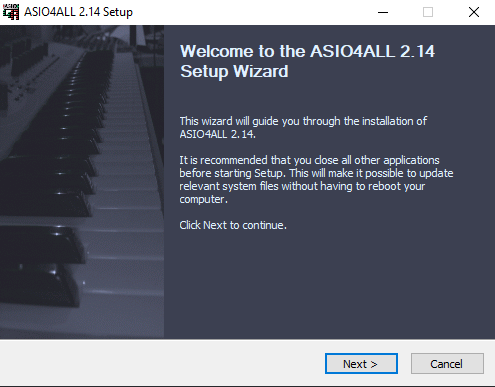
Installing the ASIO4ALL driver - Restart your computer once the installation is complete, then launch Pro Tools to check if the error is resolved.
4. Disable All Sound & Recording Devices (PC Only)
On Windows systems, conflicts between the ASIO device and built-in sound devices can cause error -6117. Several users have reported success with this workaround: temporarily disable all sound and recording devices before launching Pro Tools.
Once Pro Tools launches successfully, you can re-enable your sound devices while the program is running.
- Press Windows key + R to open the Run dialog. Type control mmsys.cpl sounds and press Enter to open the Sound settings.
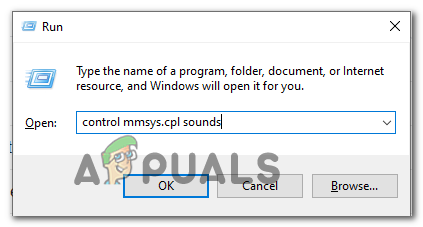
Accessing the Sound setting menu via Run box - In the Sound window, open the Playback tab. Right-click each enabled playback device and select Disable.
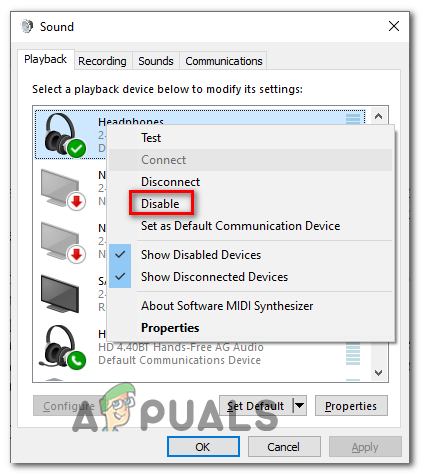
Disabling every Playback Device - Switch to the Recording tab and repeat the previous step, disabling all enabled recording devices.
- After all playback and recording devices are disabled, try launching Pro Tools again.
- If Pro Tools opens without errors, you can return to the Sound settings, and re-enable each previously disabled device while Pro Tools remains open.
- Pro Tools should now detect your devices, allowing you to use audio features as normal.




